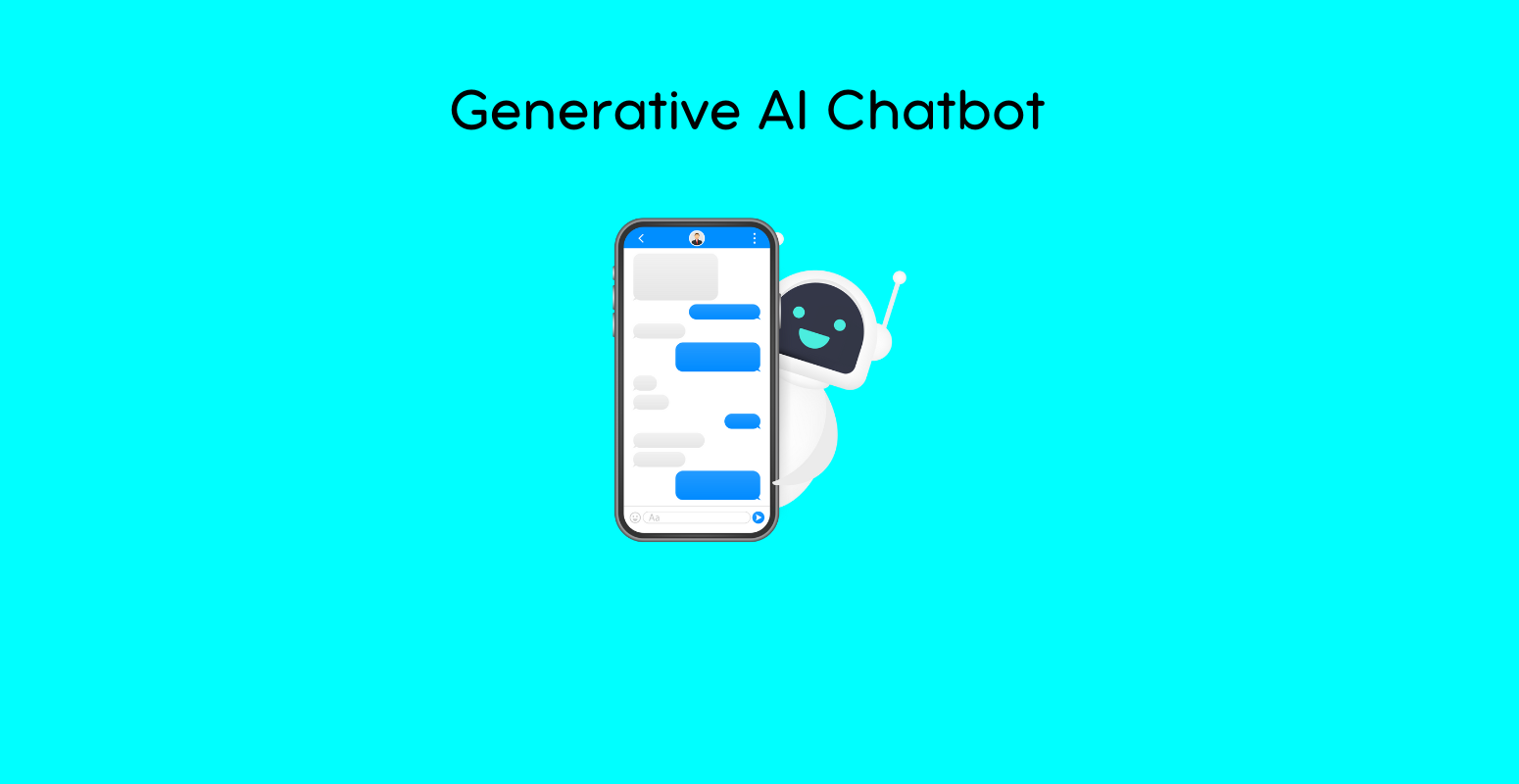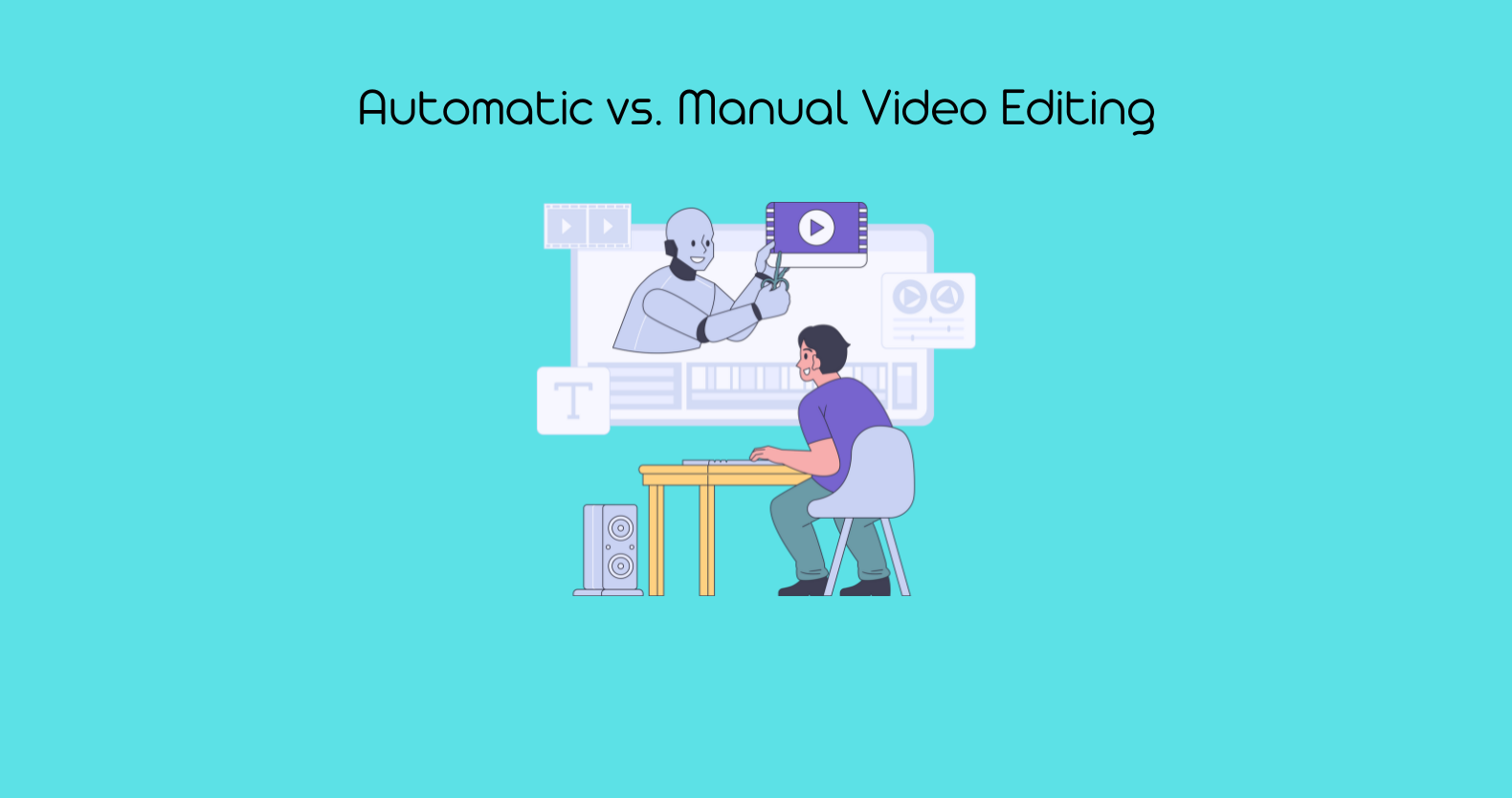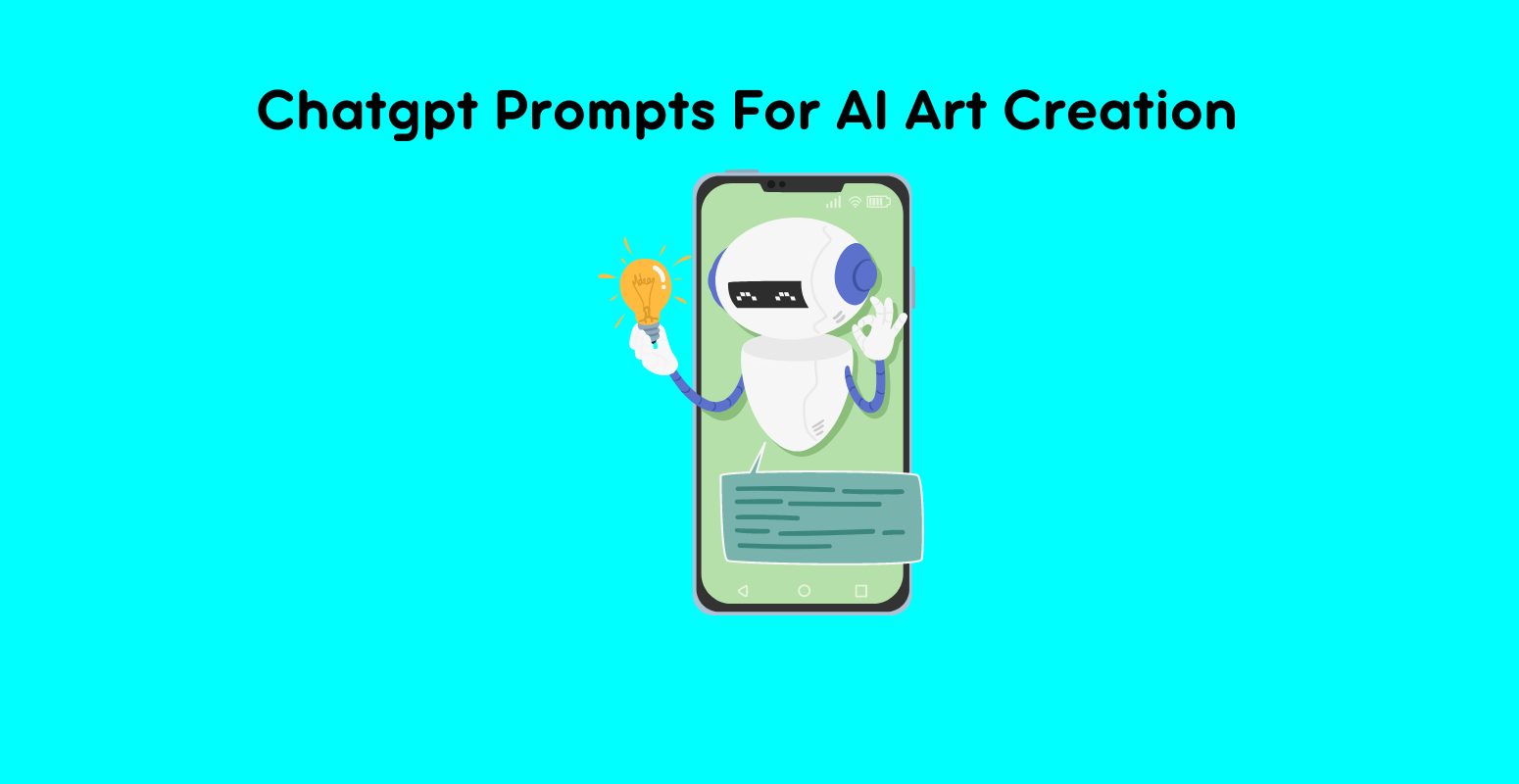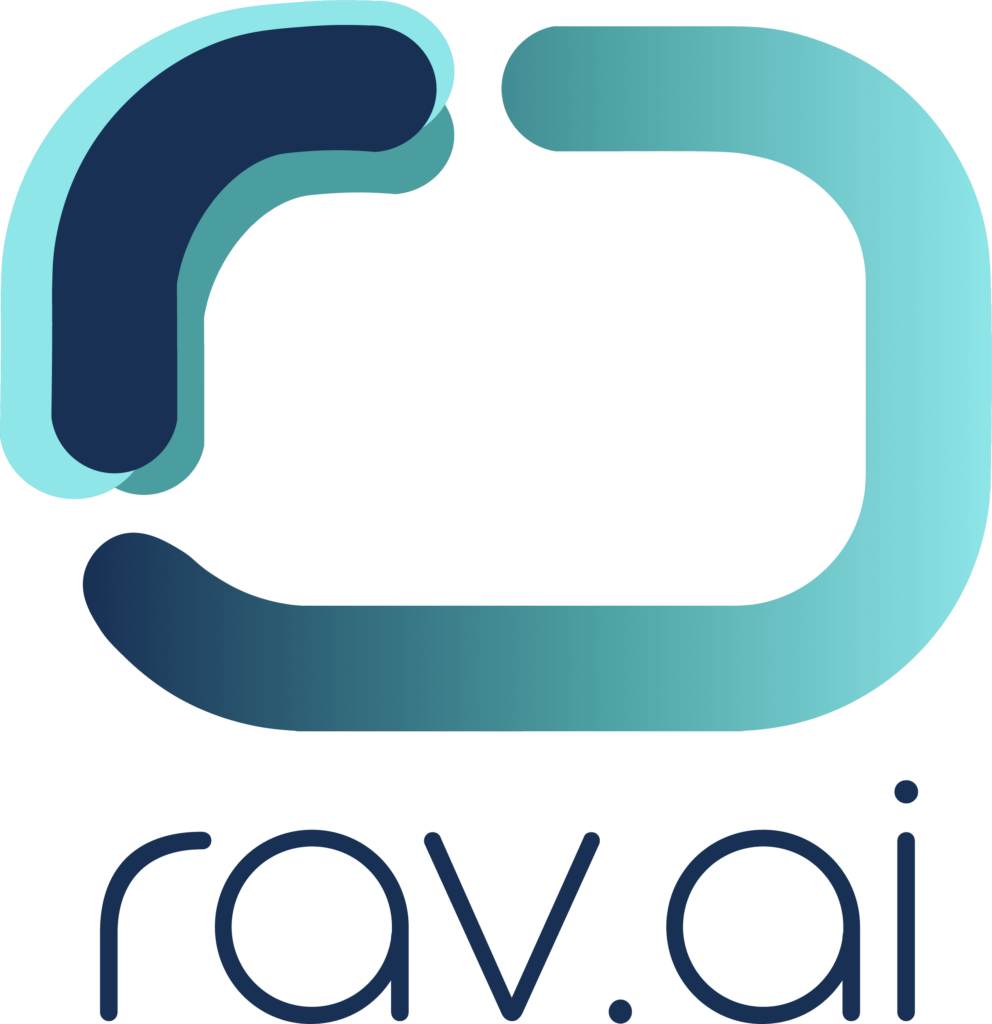A generative AI chatbot is an advanced program that can hold conversations with users, generate human-like text, and provide detailed responses. Unlike simple chatbots that follow pre-set scripts, generative AI chatbots use artificial intelligence to understand context and produce relevant answers.
The purpose of this guide is to explain what generative AI chatbots are, how they are programmed, and the different types of chatbots available.
What Exactly Is a Generative AI Chatbot?
A generative AI chatbot is a type of artificial intelligence designed to interact with humans in a conversational manner. These chatbots use complex algorithms and large datasets to understand language patterns and generate appropriate responses.
They can learn from interactions, improving over time to provide more accurate and relevant answers. Generative AI chatbots are used in customer service, virtual assistants, and various other applications to enhance user experience and efficiency.
What Is the Difference Between ChatGPT and Generative AI?
1: Specific vs. General AI
- ChatGPT is a specific implementation of generative AI developed by OpenAI. It is designed to generate text based on the input it receives, using a large language model.
- Generative AI refers to a broader category of AI that can create new content, whether text, images, or other media, based on learned patterns and data.
2: Training Data
- ChatGPT is trained on a diverse dataset of text from the internet, which helps it understand and generate human-like responses.
- Generative AI can be trained on various types of data depending on its intended use, such as text, images, audio, or other formats.
3: Use Cases
- ChatGPT is primarily used for text-based interactions, such as chatbots, virtual assistants, and content generation.
- Generative AI encompasses a wide range of applications, including image generation, music composition, and even creating realistic video content.
What Is the Difference Between Conversational and Generative AI?
1: Purpose and Functionality
- Conversational AI is designed specifically for holding conversations with users. It focuses on understanding and responding to user queries in a coherent and contextually appropriate manner.
- Generative AI, on the other hand, is broader in scope and is designed to create new content based on learned data. This content can be in various forms, such as text, images, or music.
2: Complexity and Learning
- Conversational AI often follows predefined scripts and uses natural language processing to understand and respond to user inputs. It may not generate entirely new content but rather pulls from existing responses.
- Generative AI uses advanced machine learning techniques to create new content that didn’t exist before, offering more flexibility and creativity in its outputs.
3: Application Examples
- Conversational AI is commonly used in customer service chatbots, virtual assistants like Siri or Alexa, and interactive voice response systems.
- Generative AI applications include tools like ChatGPT for text generation, DALL-E for image creation, and various AI models used in creative arts and media production.
What Are Generative AI Examples?
1: ChatGPT by OpenAI
- ChatGPT is an AI language model that generates human-like text based on the input it receives. It is used for chatbots, content generation, and more.
2: DALL-E by OpenAI
- DALL-E is an AI model that generates images from textual descriptions, enabling the creation of unique visuals based on user prompts.
3: Rav.ai
- It is not a chatbot, but based on generative AI, Rav.ai has changed how people edit videos online. By revolutionizing online video editing by using AI to automate the editing process, saving time and enhancing creativity for content creators.
4: DeepArt
- DeepArt is an AI tool that transforms photos into artworks using the style of famous artists, showcasing the creative potential of generative AI.
5: Jukedeck
- Jukedeck is an AI music composition tool that generates unique music tracks based on user preferences, highlighting the versatility of generative AI in the music industry.
Best AI Chatbots in 2024
Generative AI chatbots have advanced significantly, offering users a variety of options to choose from. Here are five of the best AI chatbots available today:
1: ChatGPT
ChatGPT by OpenAI is a leading AI language model that generates human-like text based on user input. It is widely used for chatbots, virtual assistants, and content creation.
- Pros:
- Generates human-like text responses.
- Versatile and can be used for various applications.
- Continuously improving through user interactions.
- Con:
- May produce incorrect or nonsensical answers at times.
2: Meta AI
Meta AI, developed by Facebook, integrates seamlessly with Facebook Messenger to provide personalized and context-aware responses. It is designed to enhance user interactions on social media platforms.
- Pros:
- Integrates seamlessly with Facebook Messenger.
- Provides personalized and context-aware responses.
- Offers advanced natural language understanding.
- Con:
- Limited to the Facebook ecosystem.
3: Gemini
Gemini is an AI chatbot designed for high-quality customer service interactions. It uses advanced machine learning to provide accurate and helpful responses, making it ideal for business applications.
- Pros:
- Designed for high-quality customer service interactions.
- Uses advanced machine learning for accurate responses.
- Easily customizable for specific business needs.
- Con:
- Can be expensive for small businesses.
4: Microsoft Co-Pilot
Microsoft Co-Pilot integrates with Microsoft Office tools to help automate repetitive tasks and improve productivity. It provides contextual assistance within familiar software, making it a valuable tool for office environments.
- Pros:
- Integrates with Microsoft Office tools.
- Helps automate repetitive tasks and improve productivity.
- Provides contextual assistance within familiar software.
- Con:
- Requires a Microsoft 365 subscription.
- The learning curve for advanced features.
Final Thoughts
Generative AI chatbots are reshaping how we interact with technology, making conversations more natural and efficient. Tools like Rav.ai are revolutionizing industries such as online video editing, demonstrating the vast potential of AI.
By exploring and utilizing these AI tools, you can enhance your productivity and creativity. Try Rav.ai today and experience the future of video editing firsthand.








